The Rolling Stones learned their craft by covering other artists. Interpreting songs by Chuck Berry and Bo Diddley taught Mick Jagger and Keith Richards how to write their own material.
Videos by American Songwriter
Soon, original compositions by Jagger and Richards became standards in their own right. They may have begun by paying tribute to American blues, but The Rolling Stones also helped pioneer blues-based rock and roll. They are certainly the most successful group to do so.
From a cover band to a band being covered, here are three great interpretations of Rolling Stones classics you might have missed.
Please allow me to introduce myself.
“Tumbling Dice” by Linda Ronstadt from Simple Dreams (1977)
When Mick Jagger told Linda Ronstadt she played too many ballads, she offered a challenge. Her band had performed “Tumbling Dice” during sound check, but she didn’t know the words. She said, “Nobody knew the words.” So she asked Jagger to write them down. This version appears on Simple Dreams, along with her iconic cover of Roy Orbison’s “Blue Bayou.”
But Ronstadt’s more refined and pristine take flips the male/female perspective. In 2017, she explained the change to PopMatters: “When you’re exposed to a wide segment of the public, somebody’s trying to violate you in some way, but it was nothing like it is now with internet trolls.”
People try to rape me
Always think I’m crazy
Make me burn the candle right down
“Sympathy for the Devil” by Jane’s Addiction from Jane’s Addiction (1987)
Jane’s Addiction signed a high-dollar contract with Warner Bros. Records, but in the interest of “underground” authenticity they chose to release their debut on indie label Triple X. To further the marketing scheme, it was to be a live album. So they recorded a 1987 concert at The Roxy Theatre in West Hollywood. Then they entered a Los Angeles recording studio to polish the “live” album with overdubs—including audience applause taken from a Los Lobos concert.
Still, the alt-rock pioneers’ “Sympathy” dials up the late ’60s psychedelia of Brian Jones-era Stones. Singer Perry Farrell’s multitracked vocals are layered with delay effects. Meanwhile, Dave Navarro burns a classic rock guitar solo over the acoustic chords and jam-band percussion. The Beggars Banquet version humanizes the devil—or finds the devil in each of us. But Farrell’s reading returns our demons to a more hallucinatory and cosmic setting.
I was ’round when Jesus Christ
Had his moment of doubt and pain
Made damn sure that Pilate
Washed his hands and sealed his fate
“Paint It Black” by U2 (Single, 1992)
U2 reinvented themselves on Achtung Baby. The Irish group did so by traveling to Berlin with Brian Eno and Daniel Lanois to work at Hansa Studios. Though they finished the album in Dublin, Berlin greatly inspired the album’s Eurocentric electronica.
But for the B-side to “Who’s Gonna Ride Your Wild Horses,” Bono, The Edge, Adam Clayton, and Larry Mullen Jr. sound like a traditional rock band. U2’s “Paint It Black” also mirrors how the band struggled to capture “Who’s Gonna Ride Your Wild Horses.” Caught between the programming of industrial music and the early stage U2 they tried to escape. The Edge’s guitar solo elicits a kind of tug-of-war between conventional—an electric guitar—and the machine manipulation that overlayed the rest of the album.
No more will my green sea
Go turn a deeper blue
I could not foresee this thing
Happening to you
Photo by Ed Perlstein/Redferns/Getty Images

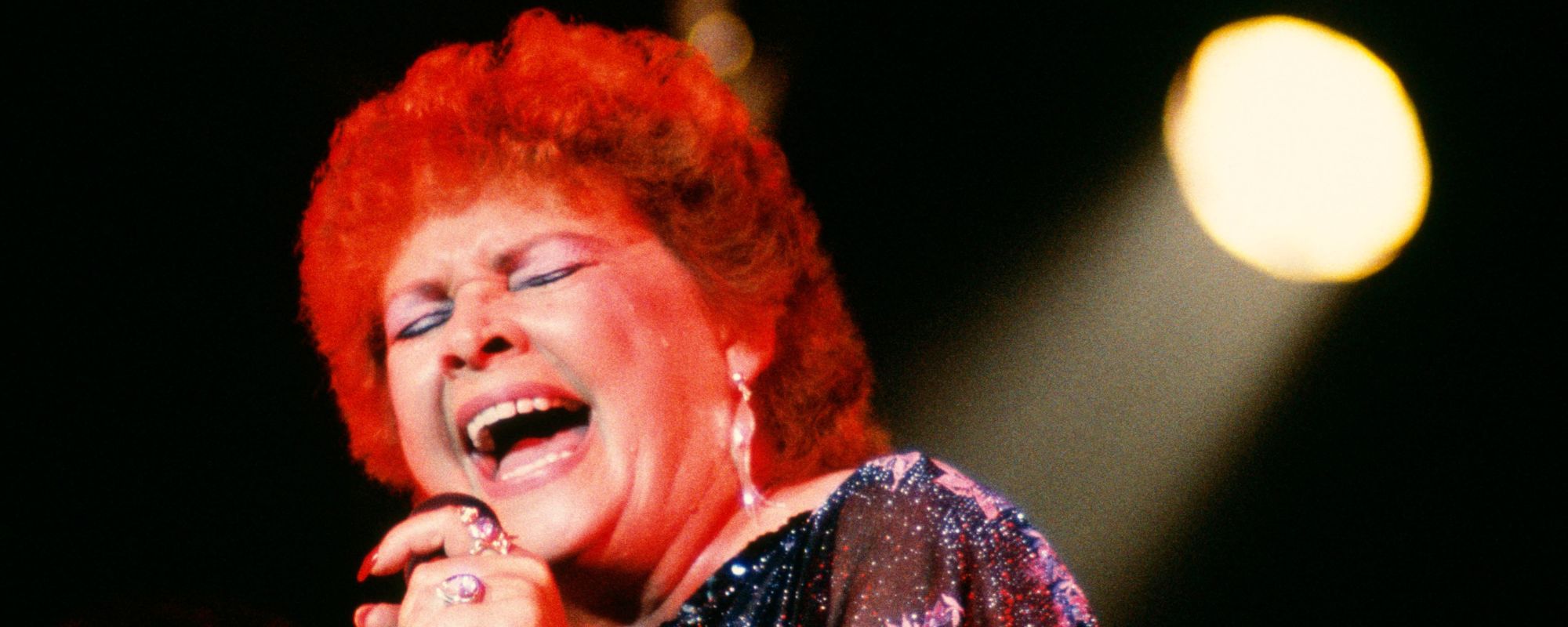
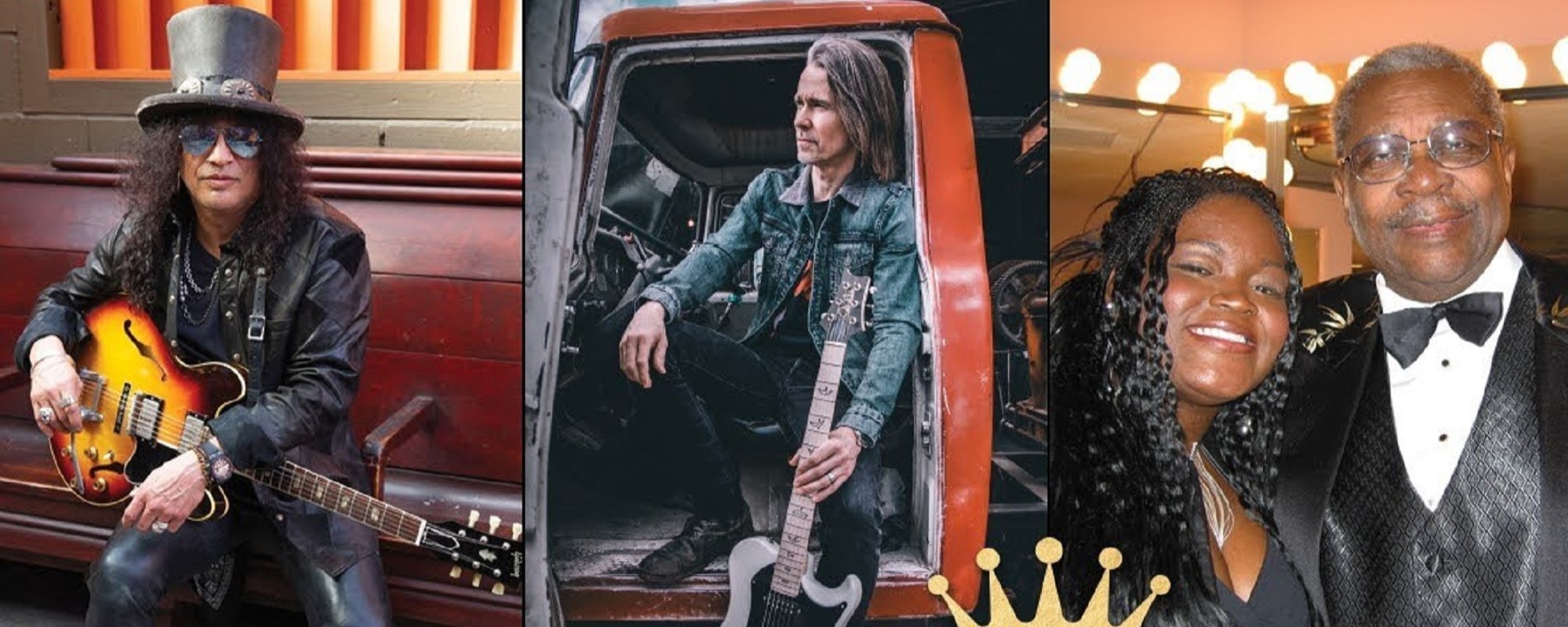


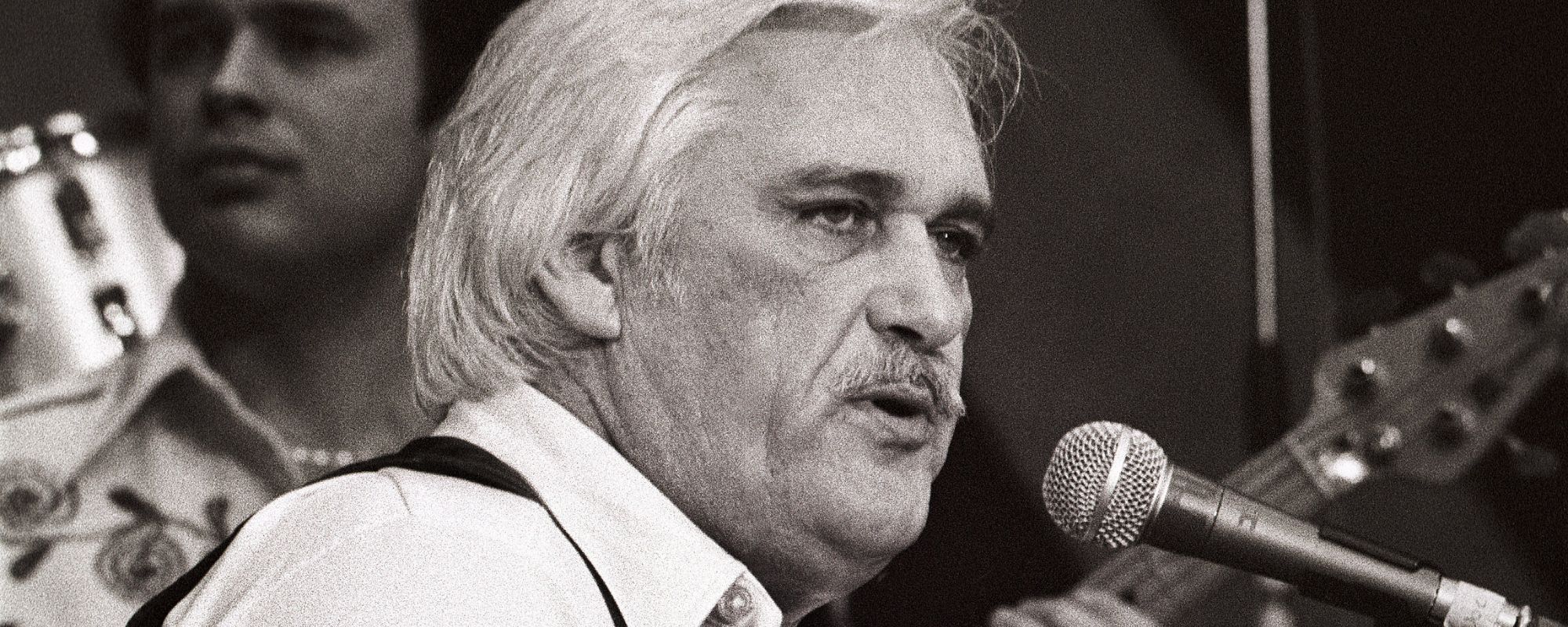

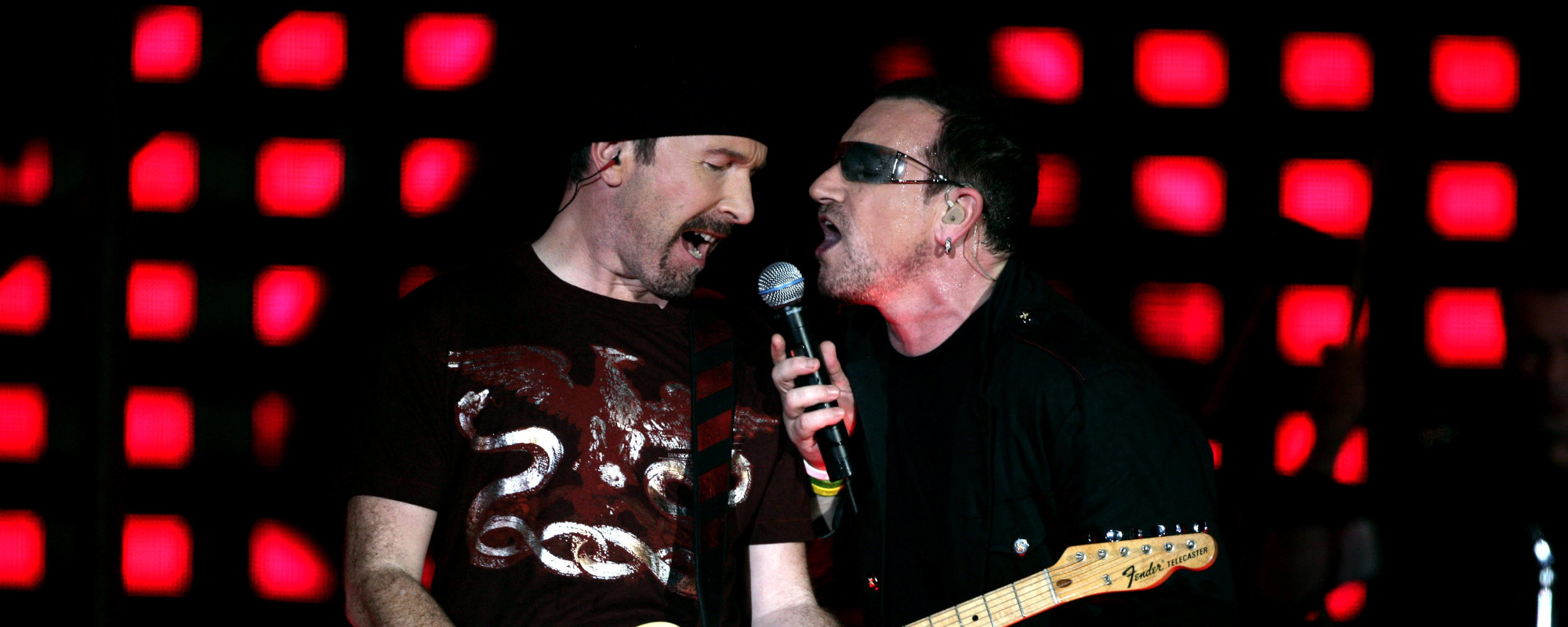
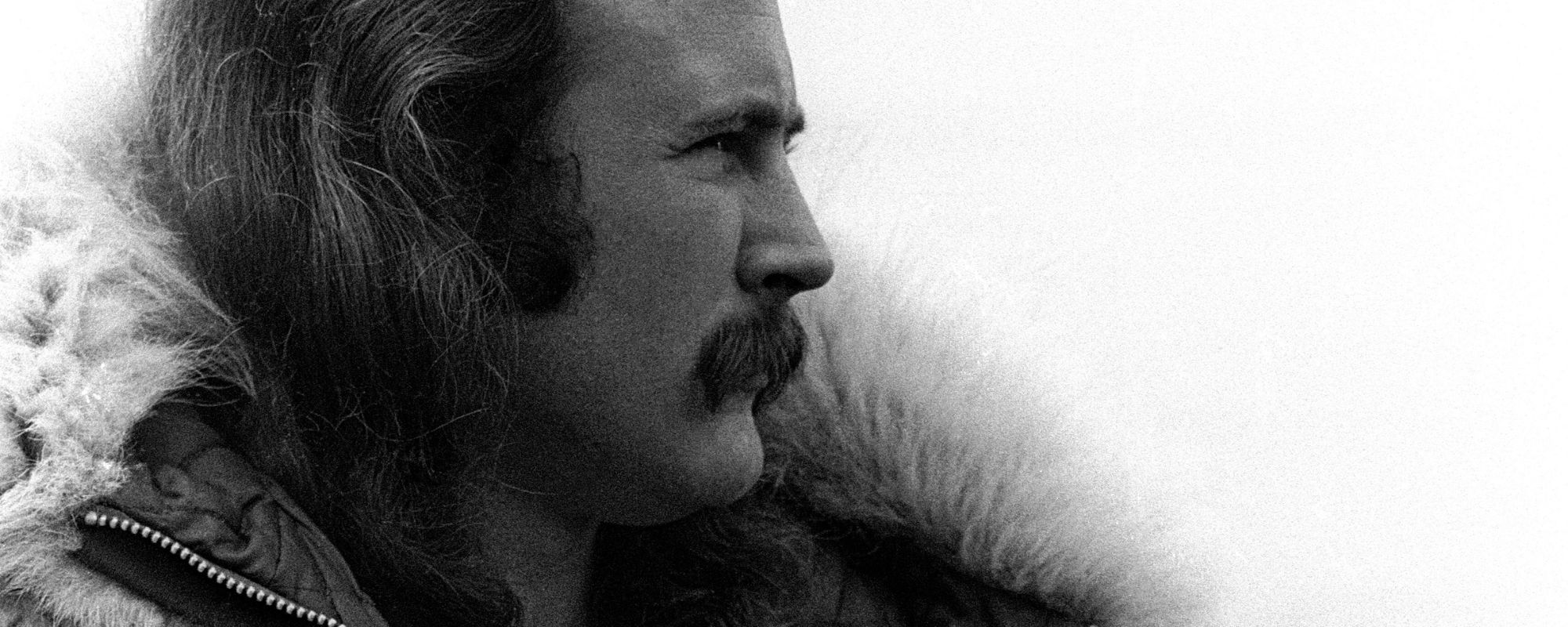

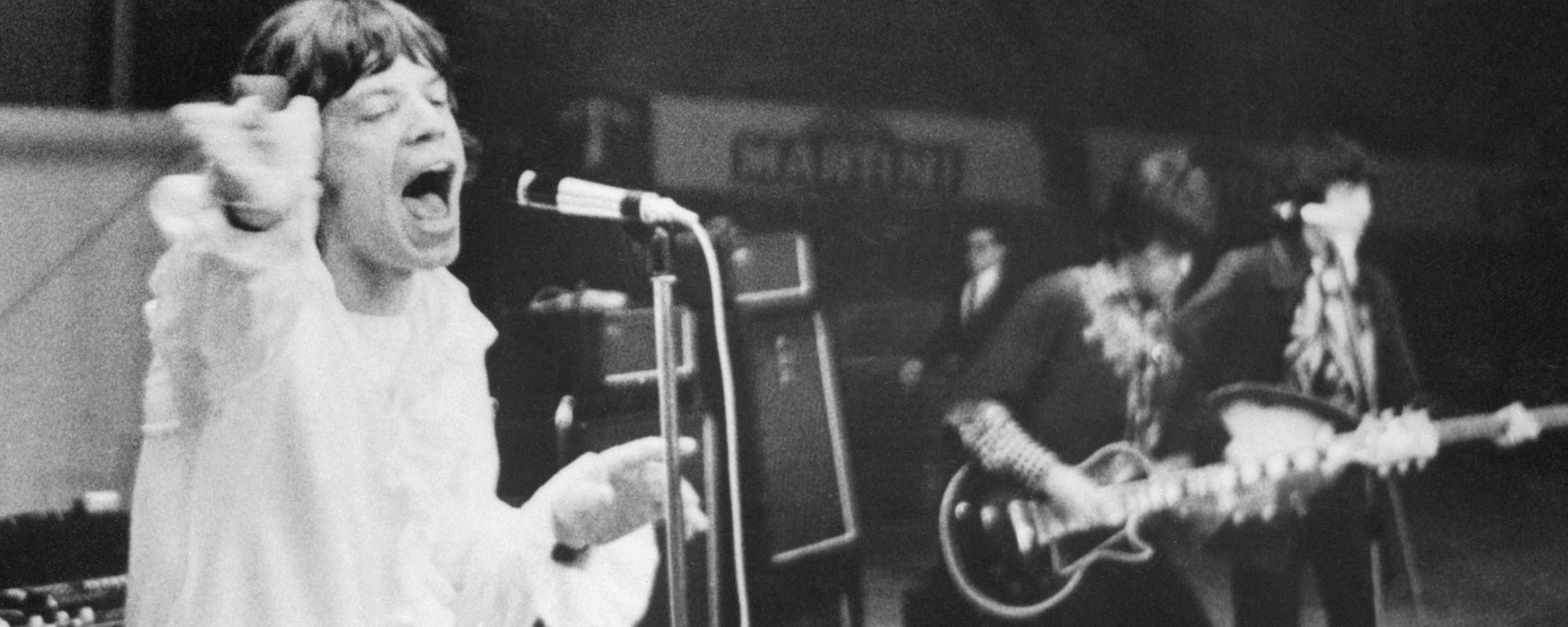
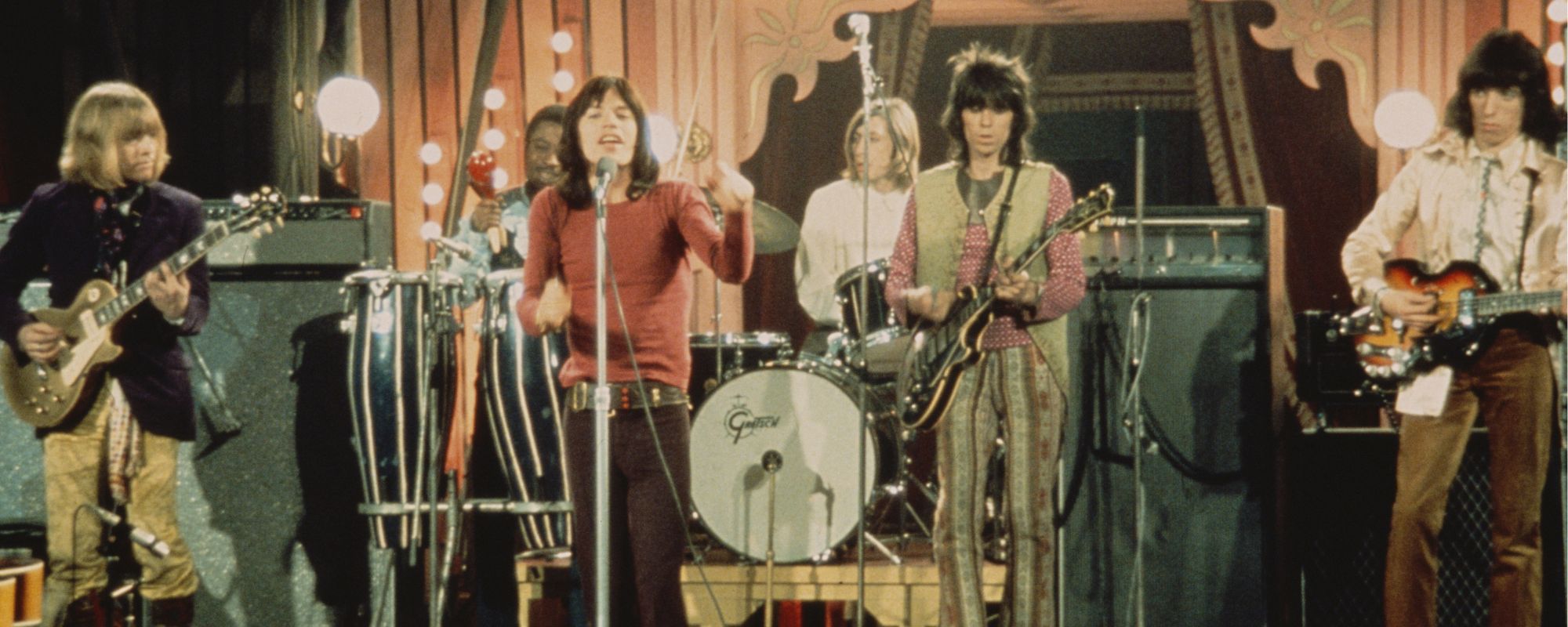
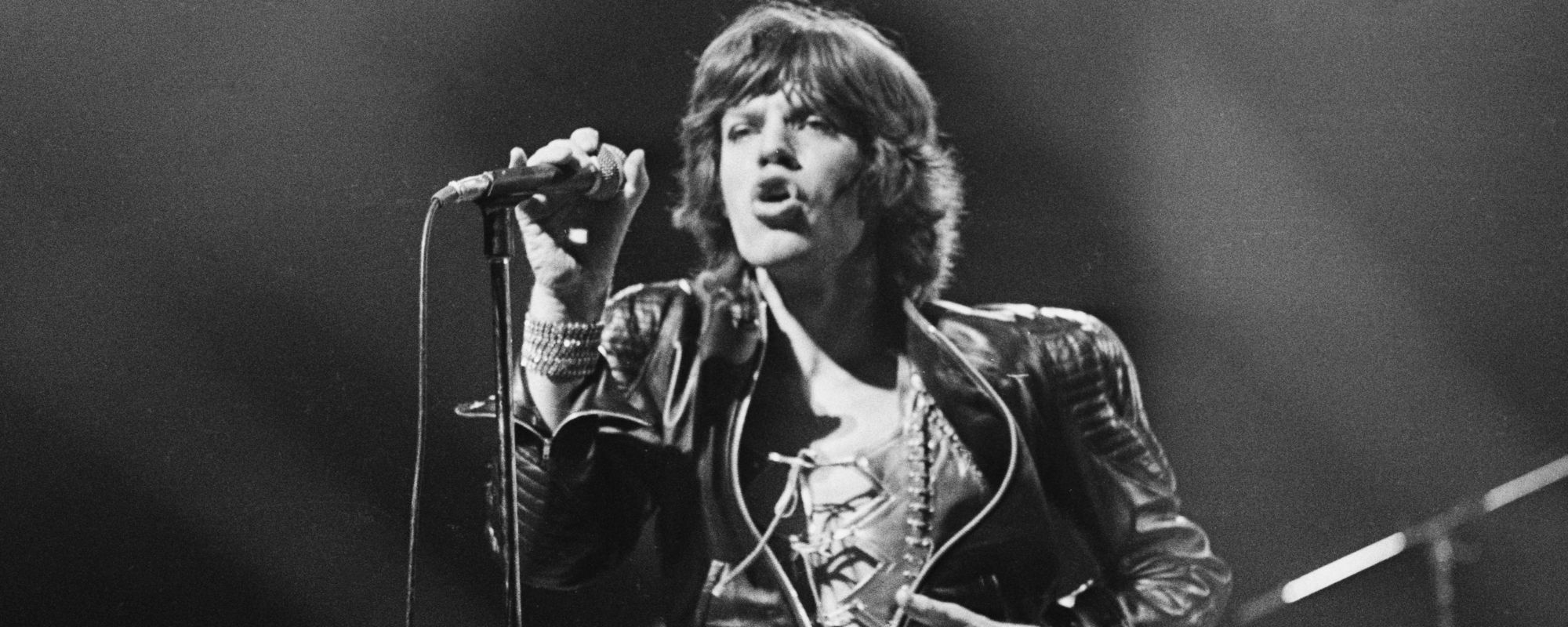
Leave a Reply
Only members can comment. Become a member. Already a member? Log in.